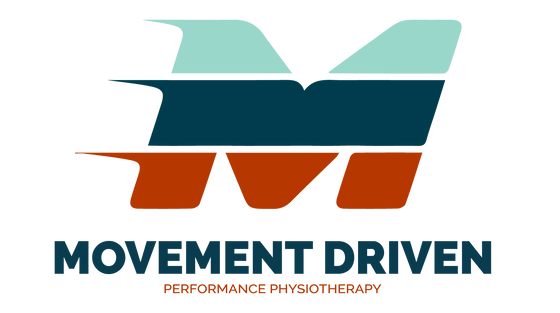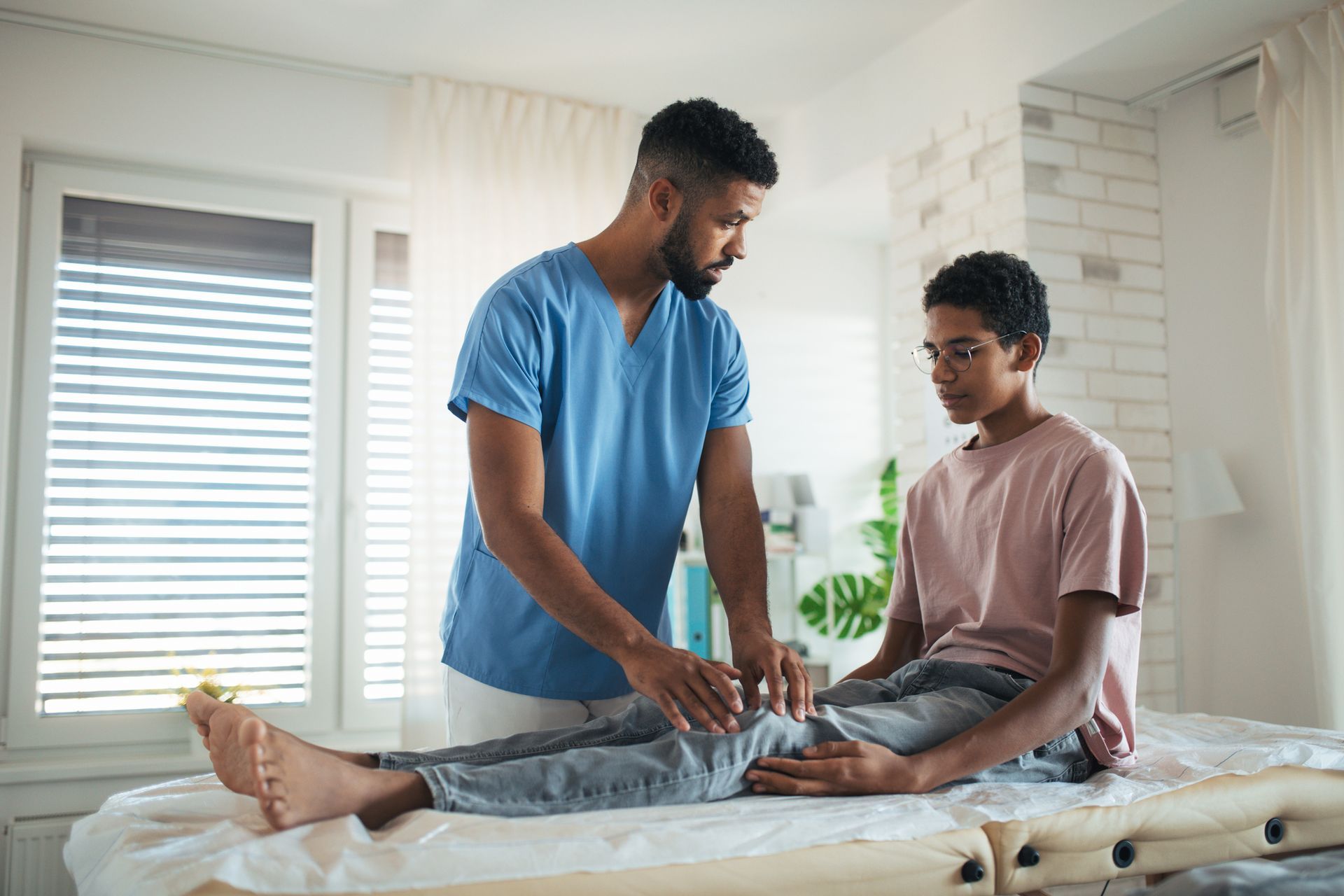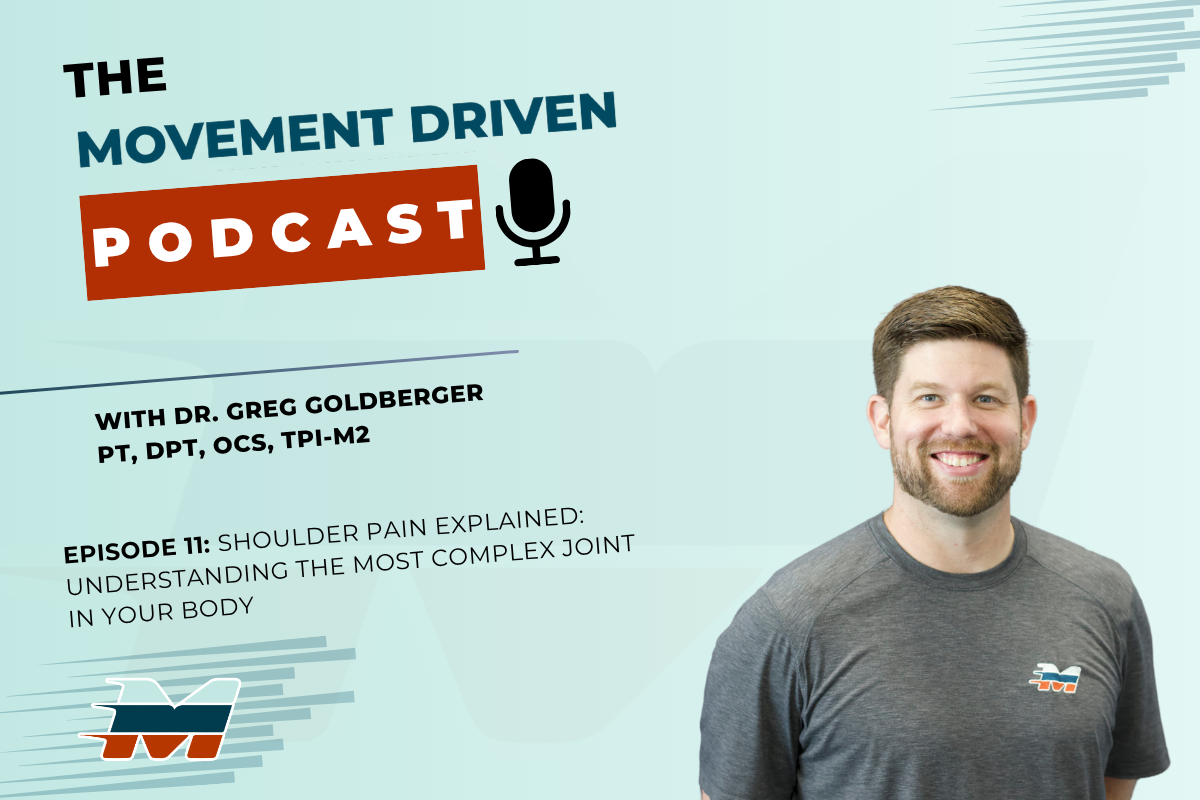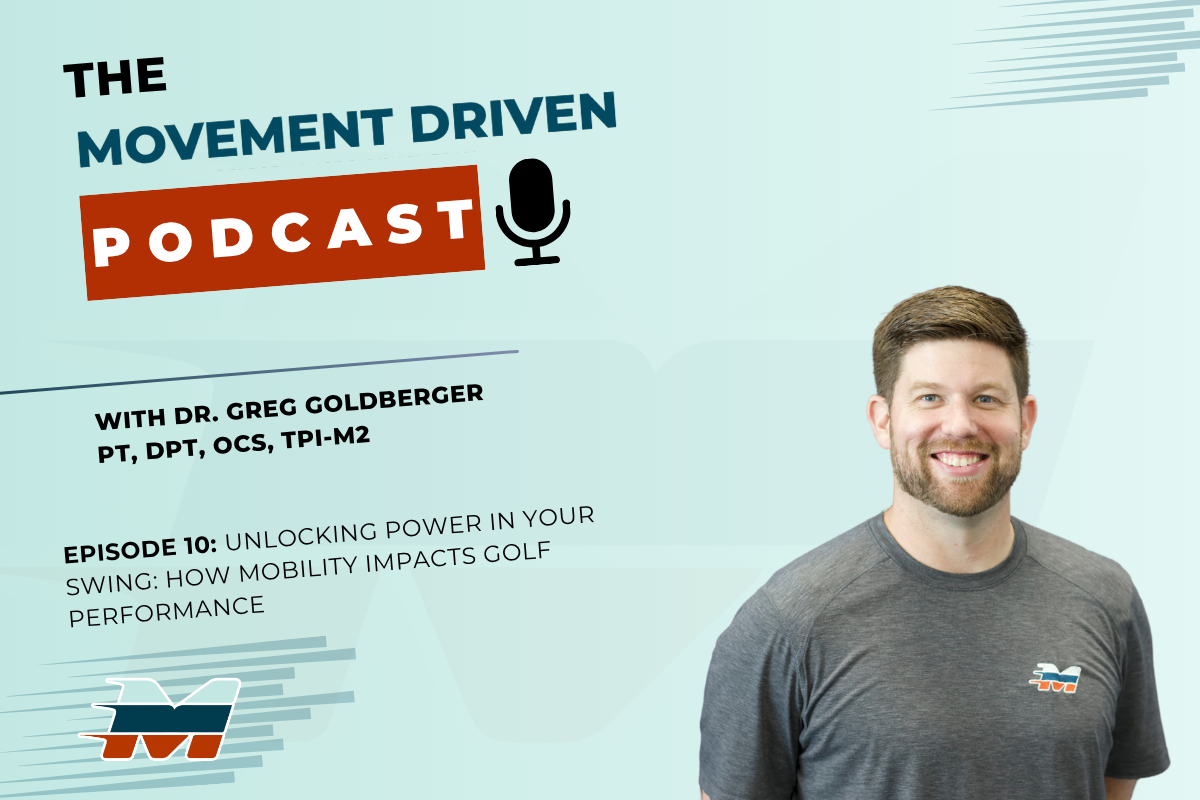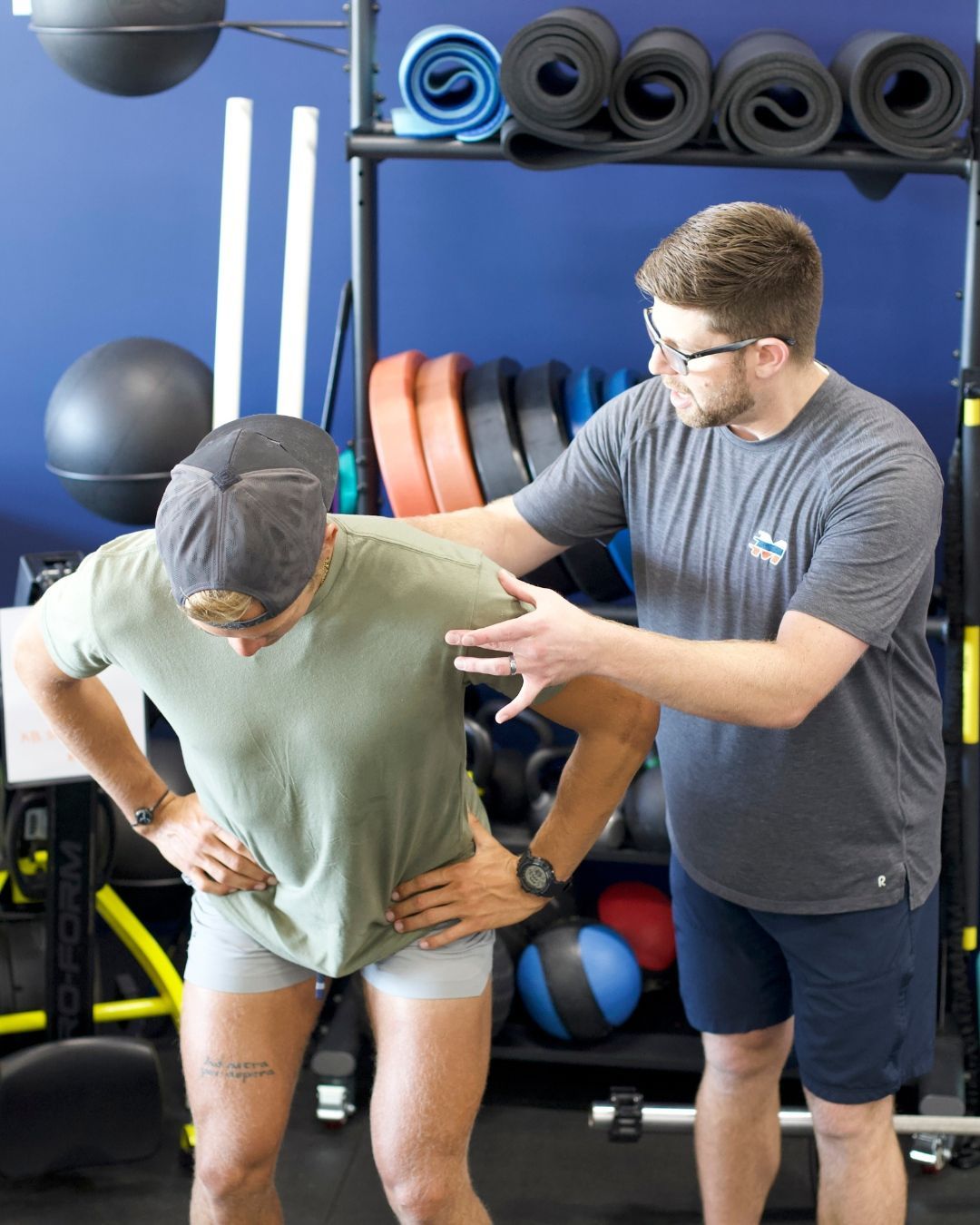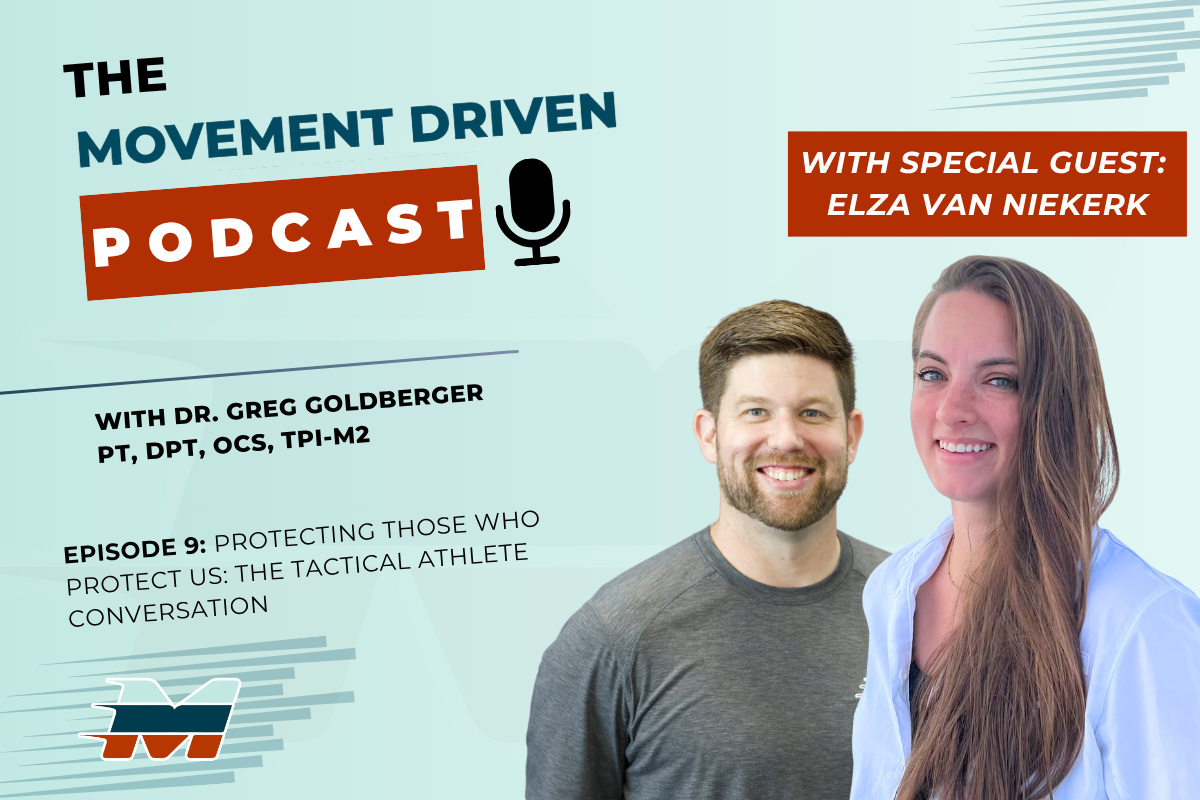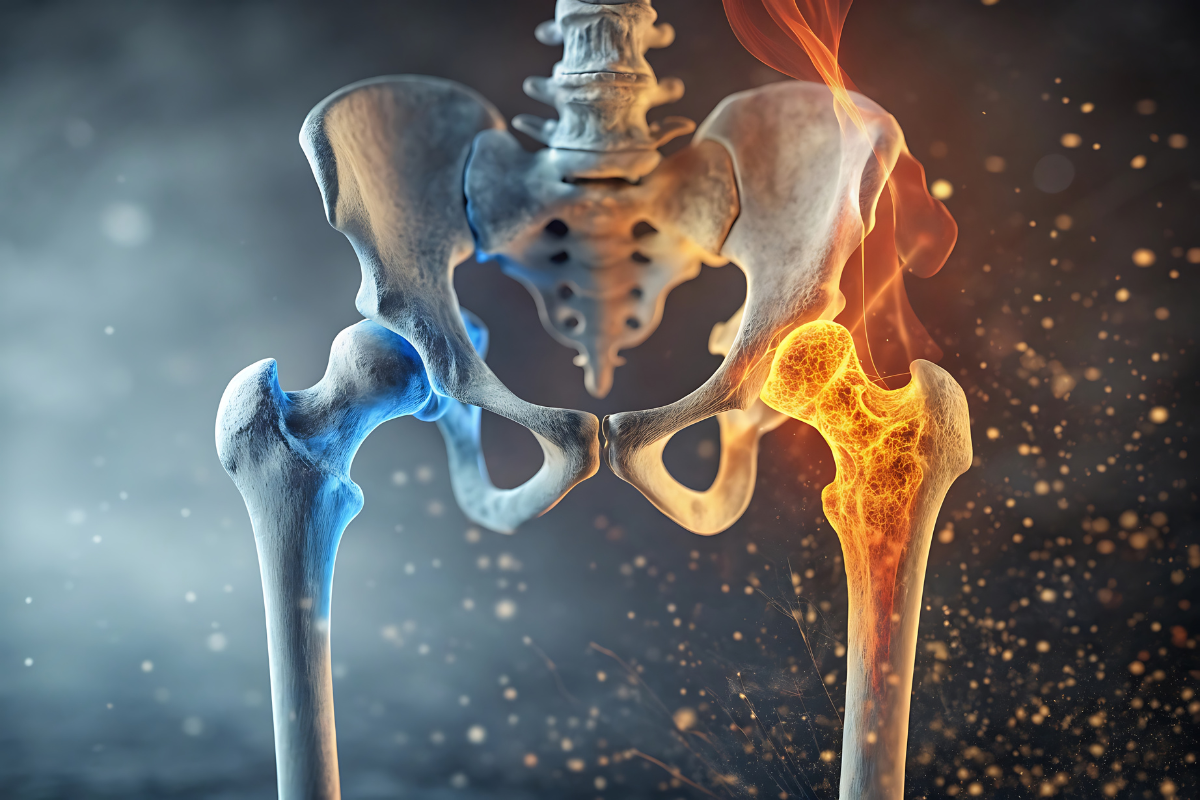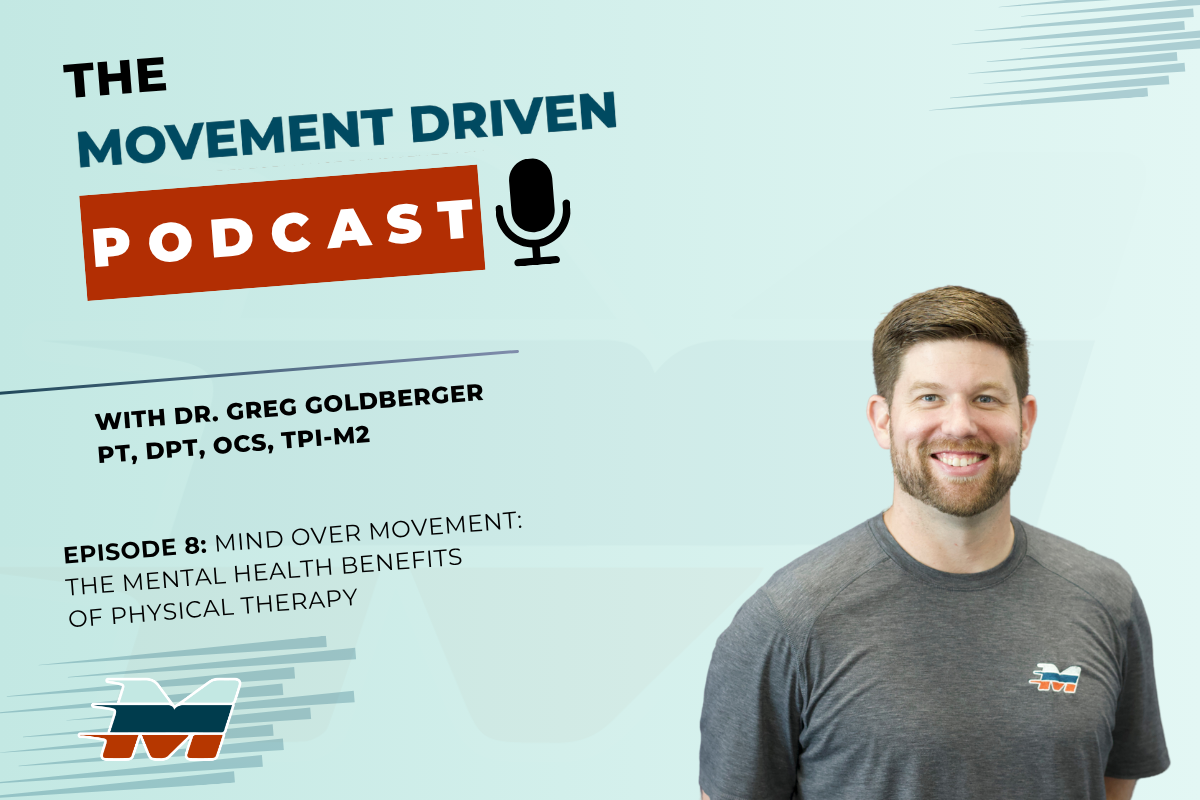Low Back Pain at Work? Here’s What Your Core and Desk Setup Have to Do With It in St. Johns, Florida
low back pain in St. Johns, Florida
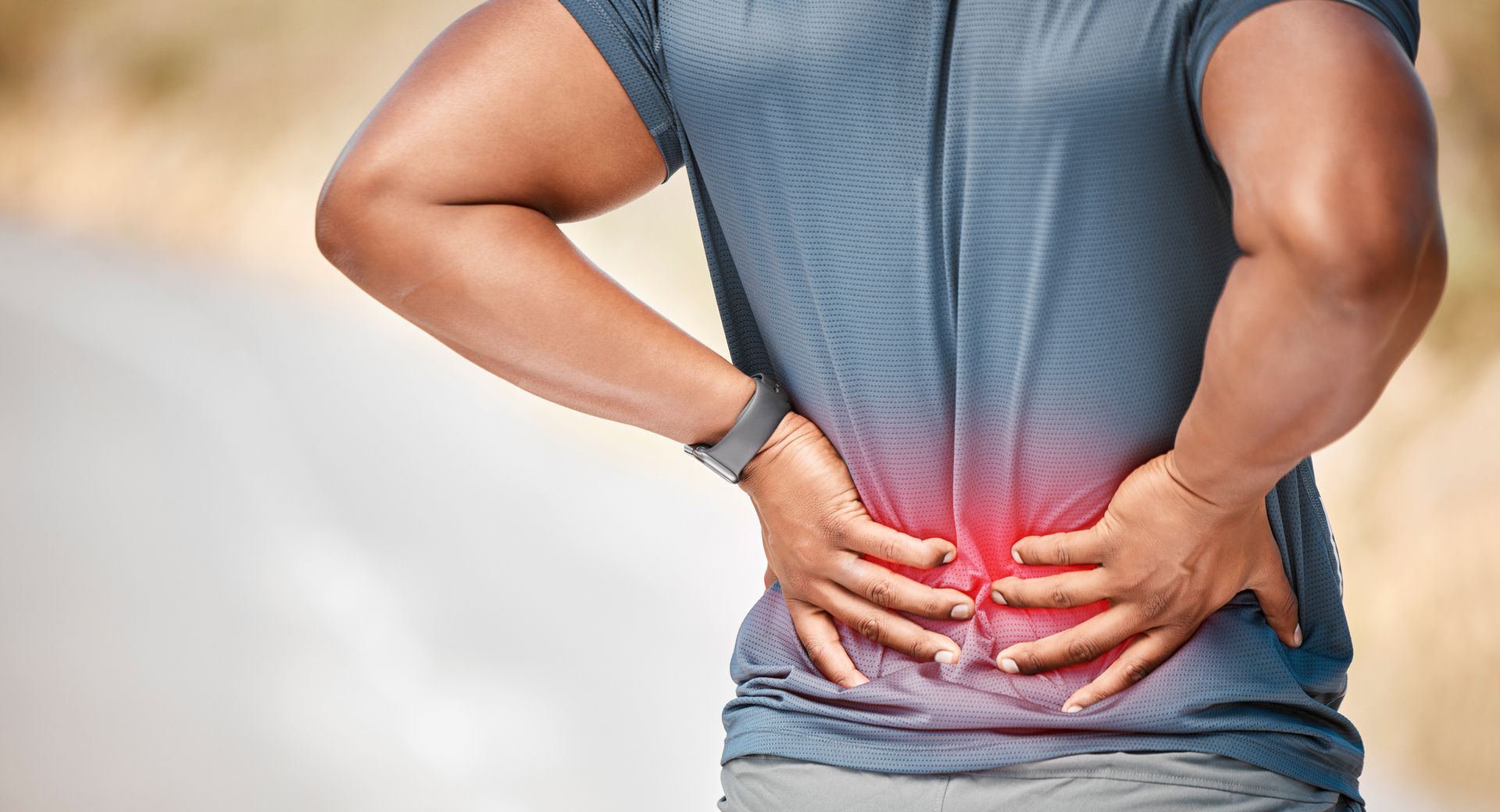
Low back pain at work is more than just an annoyance—it’s often a sign of weak core stability and poor desk ergonomics. Learn how simple posture fixes, movement breaks, and targeted exercises can help you stay pain-free and productive.
If you’ve ever ended your workday with a stiff back, sore hips, or aching shoulders, you’re not alone. In fact, low back pain at work is one of the most common complaints among office workers and remote professionals—especially in St. Johns and Northeast Florida, where long commutes and desk jobs are the norm.
But here’s what most people don’t realize: your discomfort isn’t just about sitting too long. It’s about how your core strength and desk ergonomics work together (or against you) throughout the day.
READ: Workplace Wellness That Works: Why It Matters and How to Get Started
The Hidden Connection Between Core Stability and Low Back Pain at Work
Your core isn’t just your abs—it’s an entire system of muscles, including your deep stabilizers, that support your spine and pelvis. When these muscles are weak or not firing properly, your body relies on other structures—like your lower back—to do the heavy lifting.
Over time, this leads to:
- Muscle fatigue and strain in the lumbar spine
- Poor posture habits that are hard to break
- Compensations in the hips, shoulders, and neck
If you’re working in a seated position for hours at a time, weak core stability combined with poor posture is a recipe for low back pain at work that can stick around for months (or even years) without intervention.
Desk Setup: Your First Line of Defense Against Low Back Pain at Work
Even the strongest core can’t save you from an ergonomically disastrous workstation. A poorly set-up desk can force you into positions that strain your back all day.
Here’s a quick checklist for proper desk ergonomics:
- Chair height: Feet flat on the floor, knees at 90 degrees
- Monitor position: Eye level, about an arm’s length away
- Keyboard & mouse: Elbows close to your sides, wrists neutral
- Lumbar support: A cushion or built-in support to maintain your spine’s natural curve
Movement Breaks: Small Actions, Big Relief
The human body isn’t designed to be still for 8+ hours. Even with a perfect desk setup, your muscles need variety to help reduce low back pain at work. Aim for:
- Microbreaks every 30–45 minutes — Stand, walk, or stretch
- Midday mobility session — Focus on hip openers, spinal rotations, and chest stretches
- Core activation drills — Like the banded dead bug
Try This: Banded Dead Bug for Low Back Pain at Work Relief
This variation of the classic dead bug is a game-changer for activating deep core muscles, improving posture, and reducing strain on your lower back. By adding a resistance band, you engage both your hip flexors and stabilizing muscles, training them to support you throughout the workday and fight off low back pain at work.
Take Care of Your Team This National Wellness Month
At Movement Driven, we help companies in St. Johns and Jacksonville create healthier, pain-free workplaces. Our Workplace Wellness Screens and Educational Seminars teach employees how to move better, reduce discomfort, and stay active—on and off the job.
Ready to reduce low back pain at work for your team?
Schedule a Workplace Wellness Screen or Seminar today and help your team stay driven.
